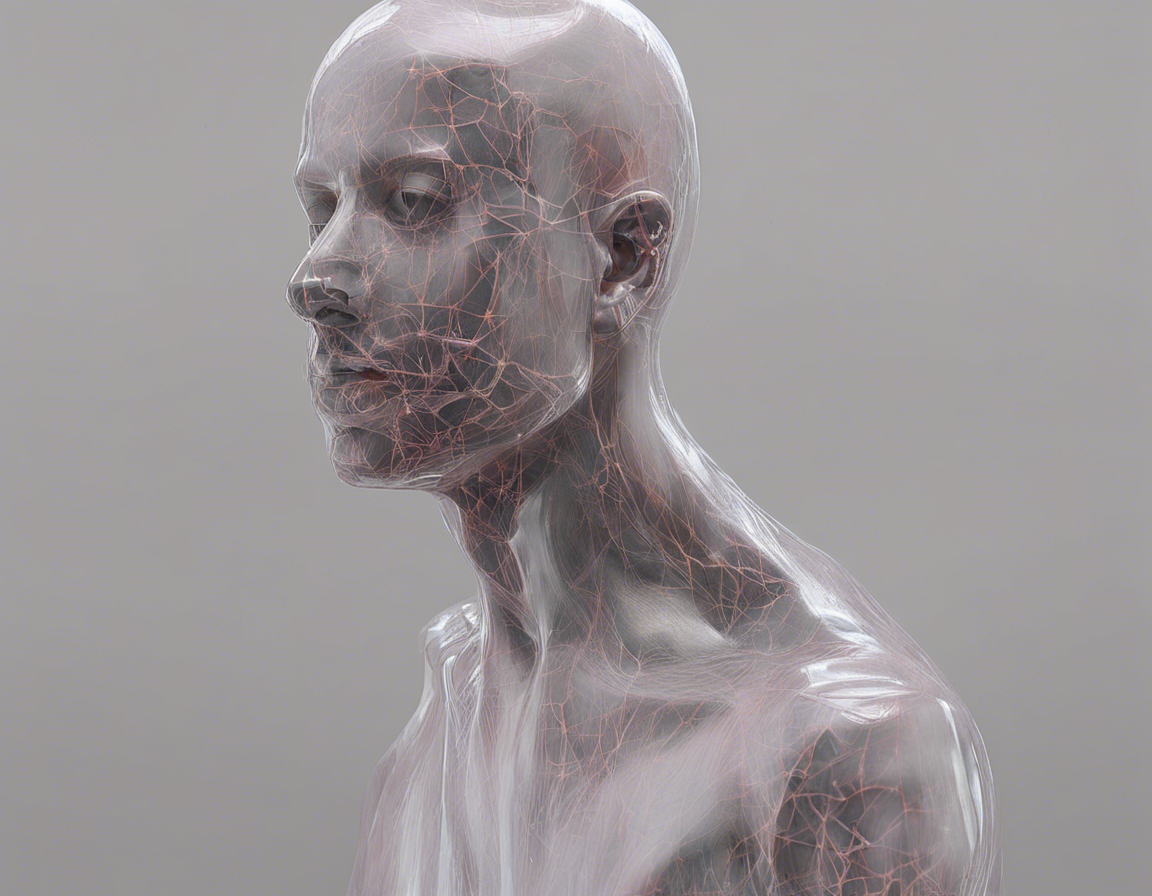Imagine the horror of having your face degloved. The term itself sounds ominous, hinting at a gruesome and severe injury. So, what exactly does it mean to have a degloved face, how does it happen, and what are the implications of such a traumatic event? In this article, we will delve into the disturbing details of a degloved face, exploring the anatomy of the face, the causes of degloving injuries, the potential consequences, and the treatment options available for those who have experienced this horrifying ordeal.
Anatomy of the Face
The face is a complex structure composed of multiple layers of tissue, including skin, fat, muscle, and bone. Each of these components plays a crucial role in maintaining not only the aesthetic appearance of the face but also its functionality in terms of expression, communication, and sensory perception.
- Skin: The outermost layer of the face, serving as a protective barrier against external elements and pathogens.
- Fat: Provides insulation, cushioning, and support for the skin and underlying structures.
- Muscle: Allows for facial expression, movement, and speaking.
- Bone: Forms the underlying framework of the face, providing structure and support for the overlying tissues.
What is a Degloved Face?
A degloved face refers to a severe injury in which the skin and soft tissues of the face are forcibly separated from the underlying structures, such as the muscles and bones. This traumatic event typically results in extensive damage to the blood vessels, nerves, and other vital components of the face, leading to significant pain, disfigurement, and functional impairment.
Causes of Degloving Injuries
Degloving injuries to the face can occur as a result of various traumatic events, including:
– Motor vehicle accidents: High-impact collisions can cause the face to be forcefully compressed or crushed, leading to degloving injuries.
– Industrial accidents: Workers in industries such as construction, manufacturing, or agriculture are at risk of degloving injuries due to machinery, equipment, or heavy objects.
– Sports-related injuries: Contact sports, extreme sports, or recreational activities can result in facial trauma that causes degloving.
– Physical assaults or falls: Intentional or unintentional acts of violence, as well as falls from heights, can lead to degloving injuries to the face.
Consequences of a Degloved Face
The consequences of a degloved face can be devastating, both physically and emotionally. Some of the potential effects of this type of injury include:
– Severe pain: The trauma associated with a degloved face can result in excruciating pain that requires immediate medical attention and management.
– Disfigurement: The loss of skin and soft tissues can lead to disfigurement of the face, affecting a person’s appearance and self-image.
– Functional impairment: Damage to the muscles, nerves, and other structures of the face can impair facial movement, expression, and sensation.
– Psychological impact: The emotional toll of a degloved face can be significant, causing distress, depression, anxiety, and other psychological challenges.
Treatment of Degloved Faces
The treatment of degloved faces typically involves a multidisciplinary approach that may include:
– Emergency care: Immediate attention is required to address any life-threatening injuries, control bleeding, and stabilize the patient.
– Surgical intervention: Reconstructive surgery is often necessary to repair the damaged tissues, restore facial aesthetics, and improve function.
– Wound care: Proper wound management, including cleaning, dressing changes, and infection prevention, is crucial for optimal healing.
– Physical therapy: Rehabilitation exercises and therapies may be prescribed to restore facial movement, strength, and function.
– Psychological support: Counseling, therapy, and support groups can help individuals cope with the emotional aftermath of a degloved face.
Frequently Asked Questions (FAQs)
Q1: Can a degloved face be fully restored to its pre-injury state?
A1: While reconstructive surgery and other treatments can improve the appearance and function of a degloved face, complete restoration to its pre-injury state may not always be possible.
Q2: What is the recovery process like for someone with a degloved face?
A2: Recovery from a degloved face injury can be lengthy and challenging, requiring multiple surgeries, extensive rehabilitation, and ongoing medical care.
Q3: Are there any long-term complications associated with a degloved face?
A3: Long-term complications of a degloved face may include scarring, nerve damage, chronic pain, and psychological issues related to the injury.
Q4: How can degloving injuries to the face be prevented?
A4: Preventive measures such as wearing appropriate safety gear, following safety protocols at work and during sports activities, and avoiding risky behaviors can help reduce the risk of degloving injuries to the face.
Q5: What are the psychological effects of a degloved face injury?
A5: The psychological effects of a degloved face injury can be profound, leading to feelings of anxiety, depression, social withdrawal, and low self-esteem.
In conclusion, a degloved face is a terrifying and traumatic injury that can have profound physical, emotional, and psychological consequences. Understanding the anatomy of the face, the causes of degloving injuries, the potential consequences, and the treatment options available is essential for raising awareness, promoting safety, and supporting those who have experienced such a horrific ordeal. If you or someone you know has suffered a degloved face injury, seek immediate medical attention and professional support to begin the journey toward healing and recovery.
